Your Camera’s Best Friend: The Focal Length
If you’re diving into the world of photography, you’ve come across the term ‘focal length’ more than once. It’s one of those technical terms that can seem daunting at first, but trust me, understanding it can revolutionize how you capture images.
In my journey as a photographer, grasping what focal length means and how it impacts my photos was a game-changer. It’s much more than just how ‘zoomed in’ your photos will be; it affects everything from the field of view to depth of field, perspective, and even distortion.
So, let’s embark on this journey together. Whether you’re a newbie trying to navigate the complexities of your new camera or a professional photographer looking to refresh your knowledge, this guide on focal length is for you.
Mastering Focal Length in Your Photography
- Understand the difference between prime lenses and zoom lenses.
- Learn how telephoto and wide-angle lenses impact your photography.
- Recognize the influence of focal length on depth of field and lens distortion.
- Choose the appropriate focal length based on your specific needs and shooting environment.
Focal length, in the simplest of terms, determines how ‘zoomed in’ your photos appear. When choosing a lens, the focal length is crucial as it significantly impacts your photographs’ field of view, depth of field, and perspective. But what does it truly mean? How does it shape your photography? Let’s dive deeper and unravel these mysteries.
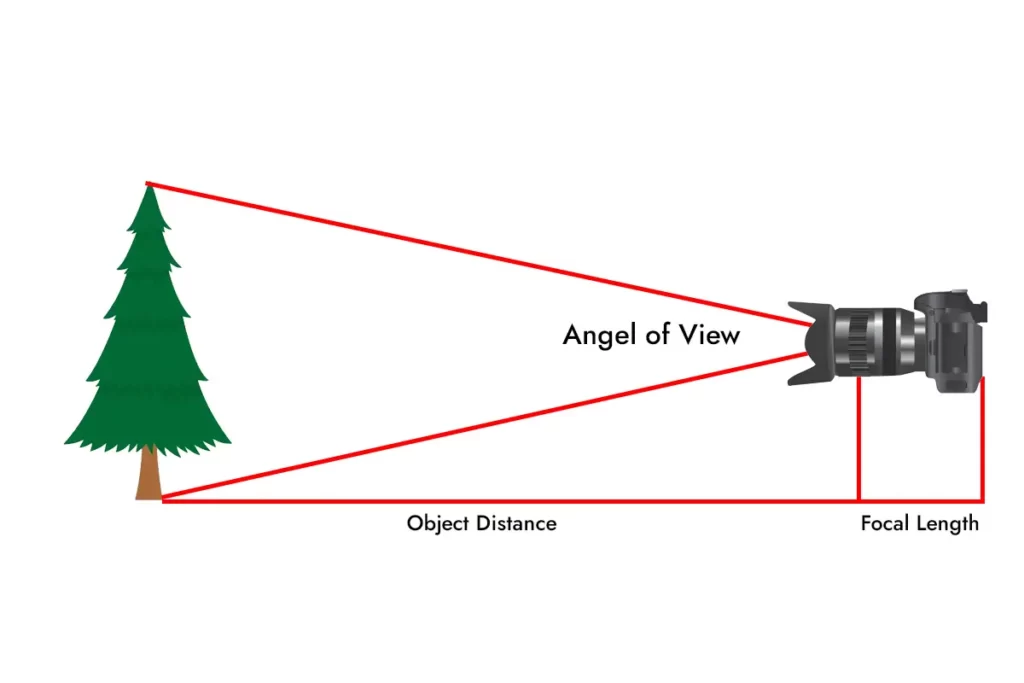
What is Focal Length?
Focal length, also known as lens magnification in photography, is measured in millimeters (mm) and refers to the distance from the lens to the image sensor when the subject is in sharp focus. It’s a fundamental concept that directly impacts how your photographs turn out.
In a more technical explanation, the focal length is the distance from the optical center of the lens, where the light rays converge, to the digital sensor of the camera when the subject is in focus. The larger the focal length, the more magnified the subject will appear and the narrower the field of view. Conversely, smaller focal lengths provide a broader field of view, allowing for a wider capture of the scene within the frame.
It’s crucial to understand that the focal length is not about the physical length of the lens but the lens’s optical design. For example, wide-angle lenses typically have smaller focal lengths (e.g., 18mm), while telephoto lenses have longer focal lengths (e.g., 200mm).
So, understanding the focal length is crucial to realizing your creative vision. It empowers you to capture your subjects in a way that aligns with your artistic interpretation, whether bringing distant objects into clear view with a long focal length or capturing expansive vistas with a short one.
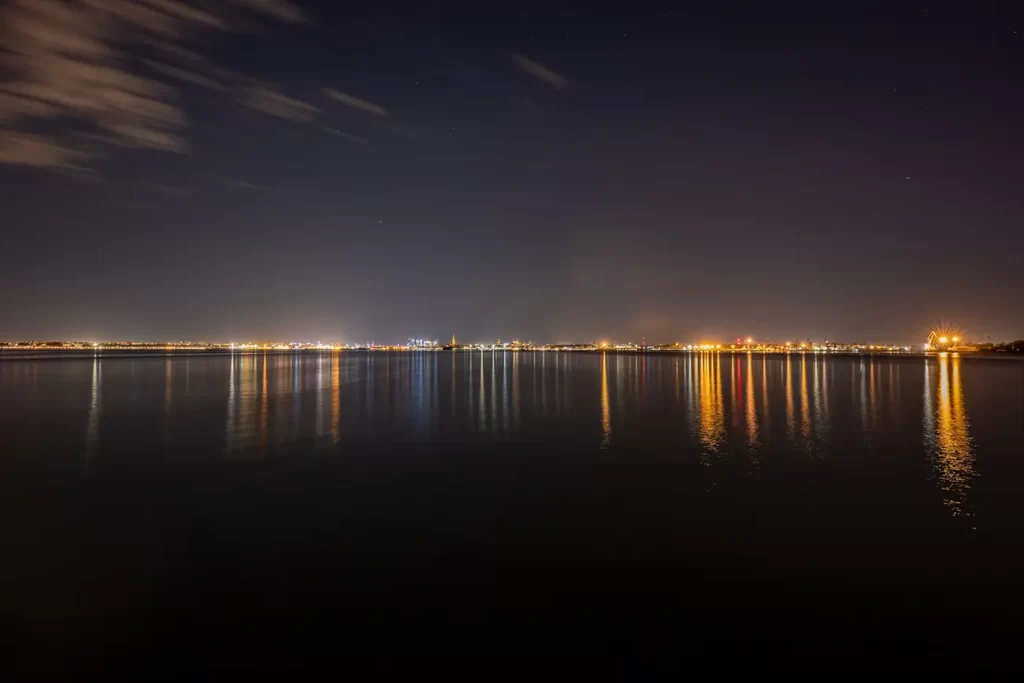
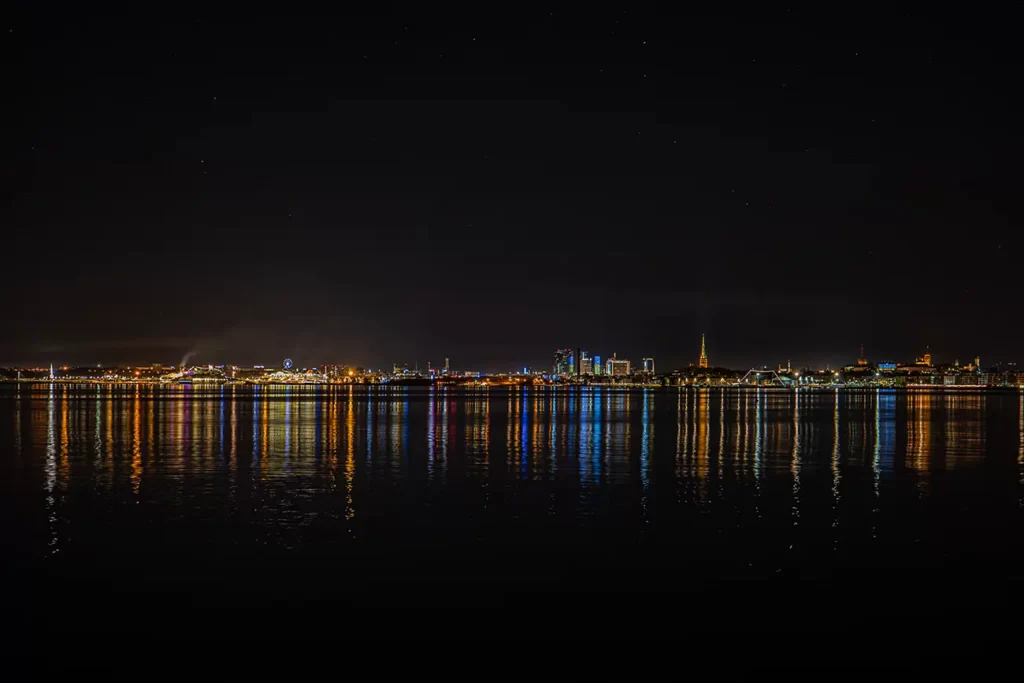
The Impact on the Field of View
To appreciate how focal length can significantly impact your photography, it’s essential to explore its influence on the field of view (FOV). The field of view represents the observable world’s extent through the lens at any given moment. It’s the breadth of the scene that the lens can capture, and the lens’s focal length directly influences it.
Let’s consider some examples. Suppose you’re shooting with a lens having a small focal length, say 18mm. This lens, often termed a wide-angle lens, captures more of the scene in your frame due to its broad field of view. It’s perfect for situations where you can’t step back to include more of the scene. You can fit a substantial part of the scene into your frame with a wide-angle lens. Imagine photographing a sprawling landscape, a city skyline, or a group image where you want to capture the people and the surroundings.

On the other hand, let’s say you’re utilizing a lens with a longer focal length, like 200mm. These lenses, commonly known as telephoto lenses, have a narrower field of view. They magnify the subject, making them appear closer in your frame. This attribute creates them an excellent choice for situations where you can’t get physically close to your subject. Think of wildlife photography, where approaching the animal might be dangerous or disruptive, or a sports event, where you’re capturing the action from the sidelines. A telephoto lens allows you to bring distant subjects into clear view.
Framing and Perspective
It’s important to remember that while the FOV changes with varying focal lengths, it doesn’t alter the scene’s perspective. The relative positions and sizes of objects within the frame remain unchanged. What changes is the amount of the scene you can fit into the frame? So, whether you want to capture a broad vista or focus on a specific subject, gaining a clear understanding of the connection between focal length and field of view can significantly enhance your skills in framing and capturing your vision.
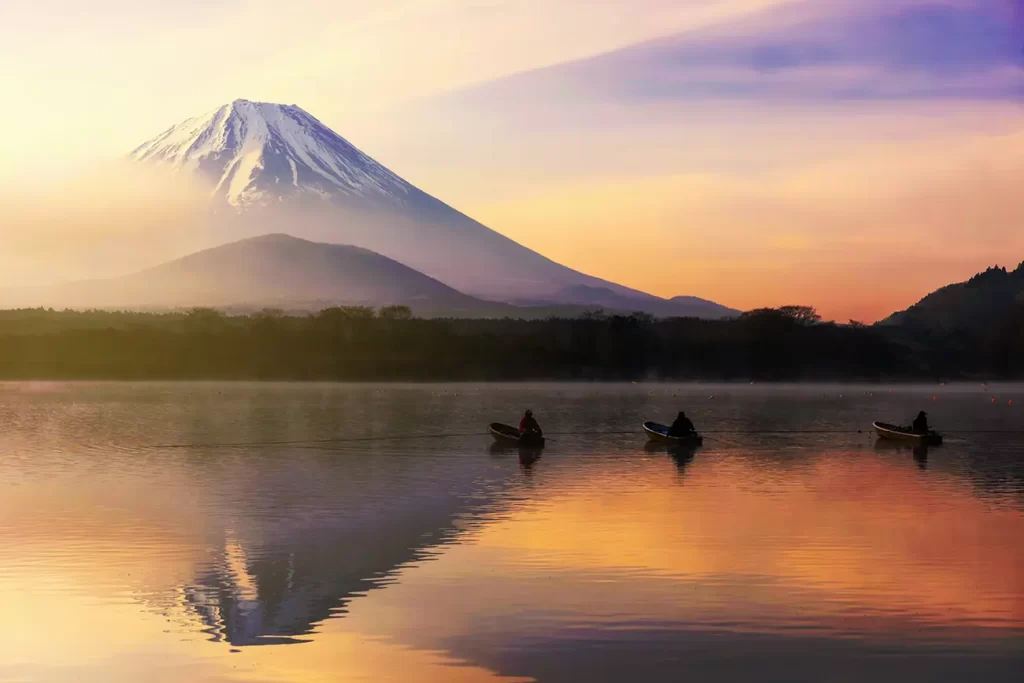
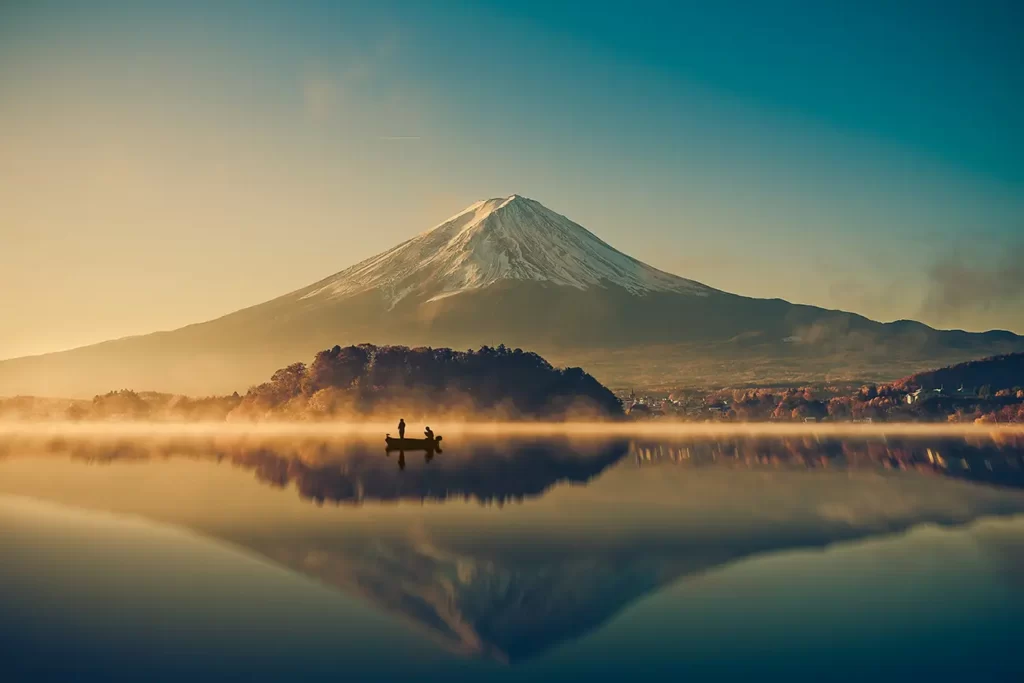
Prime Lenses vs. Zoom Lenses
In photography, lenses are categorized into two broad types based on their focal length: prime and zoom lenses. Each type has its unique characteristics, benefits, and potential drawbacks. Understanding these can help you choose the right lens for your needs.
Prime Lenses
Prime lenses, often called fixed focal lengths, have a single focal length. This feature means you cannot zoom in or out with these lenses. Instead, you “zoom with your feet,” moving closer or farther from your subject to adjust the composition of your shot.
Consider a 50mm prime lens, often called a “nifty fifty.” This lens offers a field of view roughly similar to the human eye, making it incredibly versatile. It’s a favorite among portrait photographers because it delivers sharp, high-quality images with beautiful background blur or bokeh.
However, the fixed focal length of prime lenses can be limiting in specific scenarios. For instance, if you’re shooting wildlife or sports events, where changing your position quickly or frequently is not always possible, a prime lens might be restrictive.
More to Love: Find Your Next Favorite Guide
Zoom Lenses
This limitation is where zoom lenses shine. A zoom lens offers a variety of focal lengths within a single lens, allowing you to adjust your field of view without moving. For example, a 70-200mm zoom lens can provide anything from a moderately wide field of view at 70mm (ideal for group shots or landscapes) to a narrow, magnified view at 200mm (perfect for isolating a distant subject).
The main advantage of zoom lenses is their versatility. They’re beneficial in dynamic shooting environments, such as events or wildlife photography, where you must switch quickly between wide and tight shots. However, they tend to be larger, heavier, and sometimes less sharp or fast (able to let in as much light) as prime lenses.
Choosing between prime and zoom lenses boils down to your specific needs in a given situation. A prime lens might be your best bet if you value image quality and light performance. A zoom lens could be your perfect tool if flexibility and convenience are crucial.
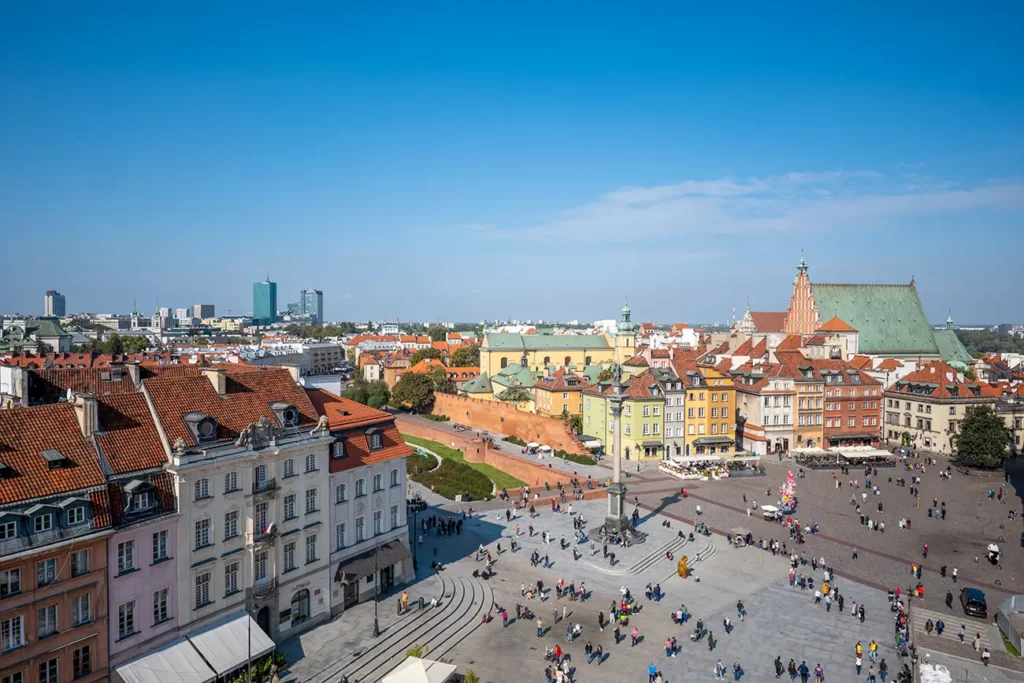

Understanding Telephoto and Wide-Angle Lenses
Lenses are generally classified based on their focal length. Two categories that often come up in discussions are telephoto and wide-angle lenses. Understanding these types of lenses and their unique characteristics can significantly improve your photographic capabilities.
Telephoto Lenses
Telephoto lenses, defined by their long focal lengths, allow photographers to capture subjects that are far away. The lens magnifies the subject, making it appear closer than it is. A 200mm lens, for instance, is a typical telephoto lens. It’s often used in wildlife photography, where getting physically close to the animals may not be possible or safe.
Besides wildlife photography, telephoto lenses are widely used in sports and event photography. They enable photographers to capture the action from a distance, isolating subjects and creating a beautiful blur in the background (also known as bokeh), which helps the subject stand out.
However, telephoto lenses can be pretty large and heavy, making them somewhat cumbersome to carry around. They also tend to flatten the perspective, making objects seem closer together than they are. This compression can be used creatively to enhance the sense of depth in a scene.

Wide-angle Lenses
With shorter focal lengths, wide-angle lenses offer a wider field of view. A lens with a focal length of 24mm is considered a wide-angle lens. These lenses are ideal for capturing expansive landscapes, cityscapes, and architecture, as they can encompass a large portion of the scene within the frame.
Wide-angle lenses are also excellent for interior photography, where space is often limited, and capturing the entire room in one shot is crucial. In street photography, the wide field of view captures dynamic scenes filled with multiple subjects.
However, one must remember that wide-angle lenses can cause perspective distortion, making objects near the edge of the frame appear larger and stretched. While this distortion can be corrected in post-processing to some extent, it’s an essential factor to consider while shooting.
In essence, both telephoto and wide-angle lenses are powerful tools in a photographer’s kit. The choice between them depends on the scene, the subject, and the creative vision you wish to realize.

Depth of Field and Lens Distortion
Beyond the field of view and magnification, focal length significantly impacts other aspects of your photography, like the depth of field and lens distortion.
Depth of Field
Depth of field refers to the range within an image where objects appear sharp and in focus. It is crucial to isolate your subject from the background or bring an entire scene into focus. Generally, a longer focal length (telephoto lens) can create a shallower depth of field, making it easier to isolate your subject and create a beautifully blurry background, often called boHow to Get the Right Bokeh Effect on Your Photoskeh. This effect is particularly desirable in portrait photography.
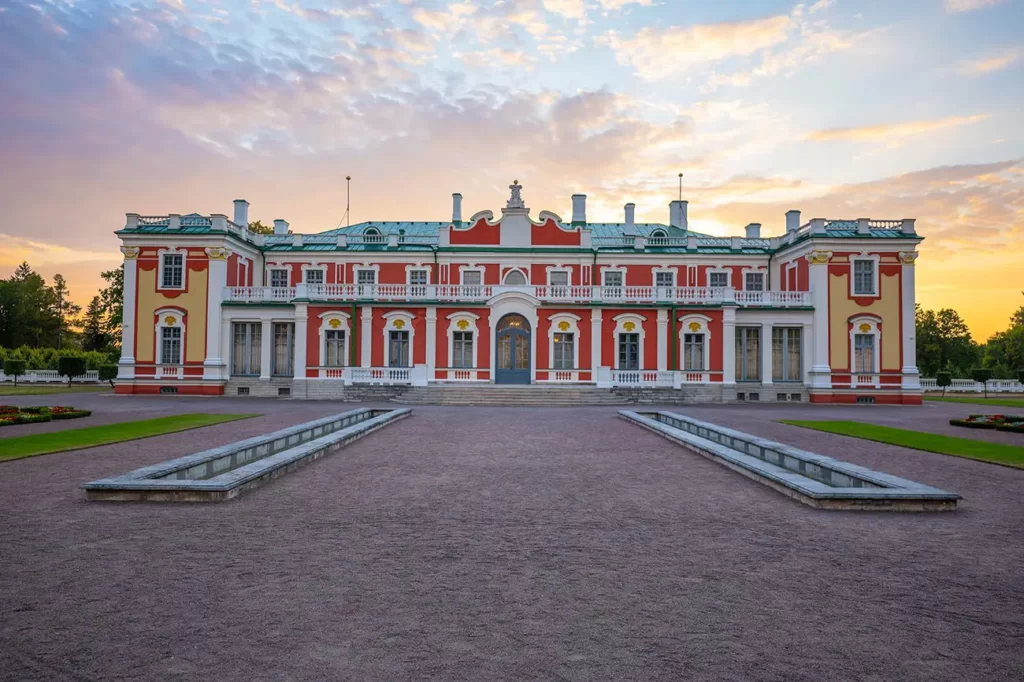
In contrast, shorter focal lengths (wide-angle lenses) tend to produce a deeper depth of field, where more of the scene is in focus. This characteristic is beneficial when photographing landscapes or architectural structures, where you typically want the entire scene to be sharp.
Lens Distortion
Lens distortion is another factor influenced by the focal length. It’s the bending or warping of the image caused by the lens’s optical design.
Due to their short focal length, wide-angle lenses can cause a type of distortion known as “barrel distortion,” where the photo appears to bulge toward the edges. This effect is particularly noticeable in images with straight lines, making them appear curved.
On the other hand, telephoto lenses can create “pincushion distortion,” where the image appears pinched at the center, causing straight lines to bend inward.
However, it’s important to note that lens distortion is not always undesirable. It can add a unique perspective and artistic touch to your images when used creatively.
Conclusion
Photography is a vast field where science meets art, and understanding the intricate details of how your gear works can significantly elevate your craft. The focal length, or lens magnification, is a critical concept that influences your photography in multiple ways, from the field of view and magnification to depth of field and lens distortion.
We’ve explored the world of prime and zoom lenses, delved into the characteristics of telephoto and wide-angle lenses, and unpacked how focal length impacts the depth of field and lens distortion. These insights can help you choose the right lens for your needs, frame your shots effectively, and realize your creative vision more accurately.
Remember, no ‘one size fits all’ exists when choosing the right focal length. Understanding your photographic needs, the environment you’re shooting in, and your creative goals matters. With this knowledge at your fingertips, you’re well-equipped to capture stunning images, whether framing a vast landscape, capturing the minute details of a close-up, or anything in between.
FAQs
Consider your subject and the desired effect. For landscapes, wide-angle lenses (shorter focal lengths) work well. A telephoto lens (longer focal length) is ideal for portraits or distant subjects.
Telephoto lenses, characterized by their long focal lengths, are perfect for isolating subjects, such as in portrait, wildlife, or sports photography. These lenses allow you to capture subjects from a distance and create a beautiful blur in the background. On the other hand, wide-angle lenses with shorter focal lengths are ideal for capturing expansive scenes such as landscapes, cityscapes, or interiors. They offer a wider field of view, fitting more into the frame.
Prime lenses have a fixed magnification, often producing superior image quality. They require photographers to move to compose their shots. Zoom lenses offer a range of magnification values, providing flexibility to adjust framing quickly without needing to move.
Yes, both types of lenses can distort perspective. Telephoto lenses can flatten the scene, making objects appear closer together. Conversely, wide-angle lenses exaggerate depth, making objects seem further apart.


